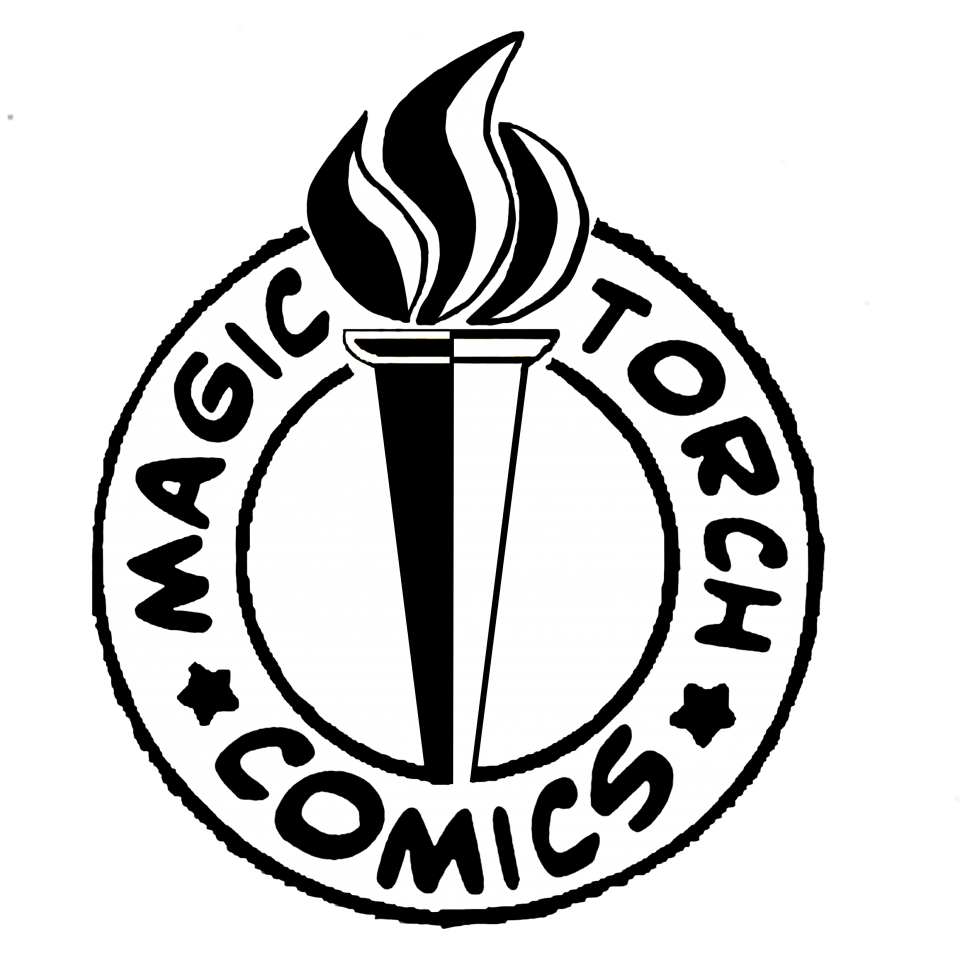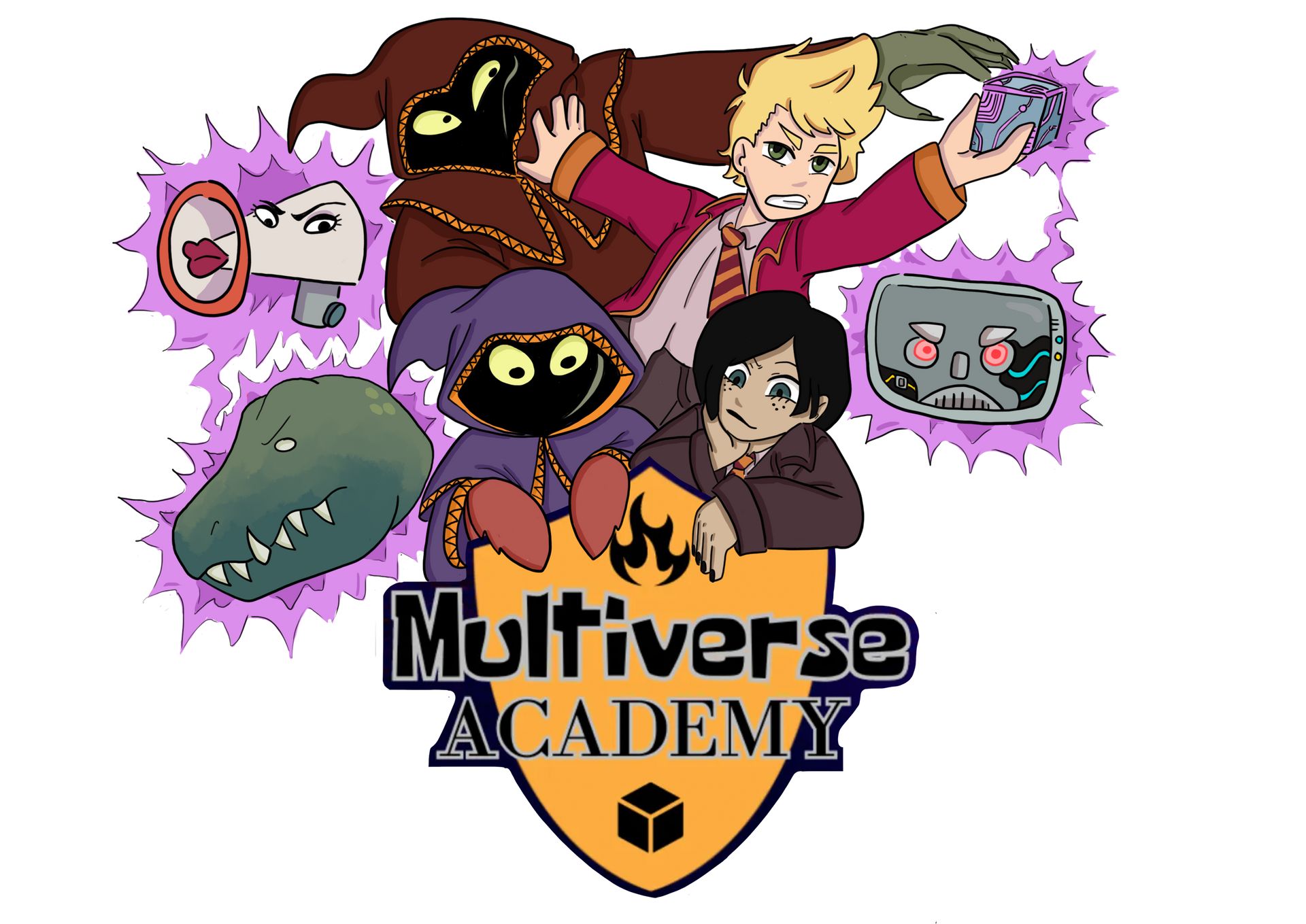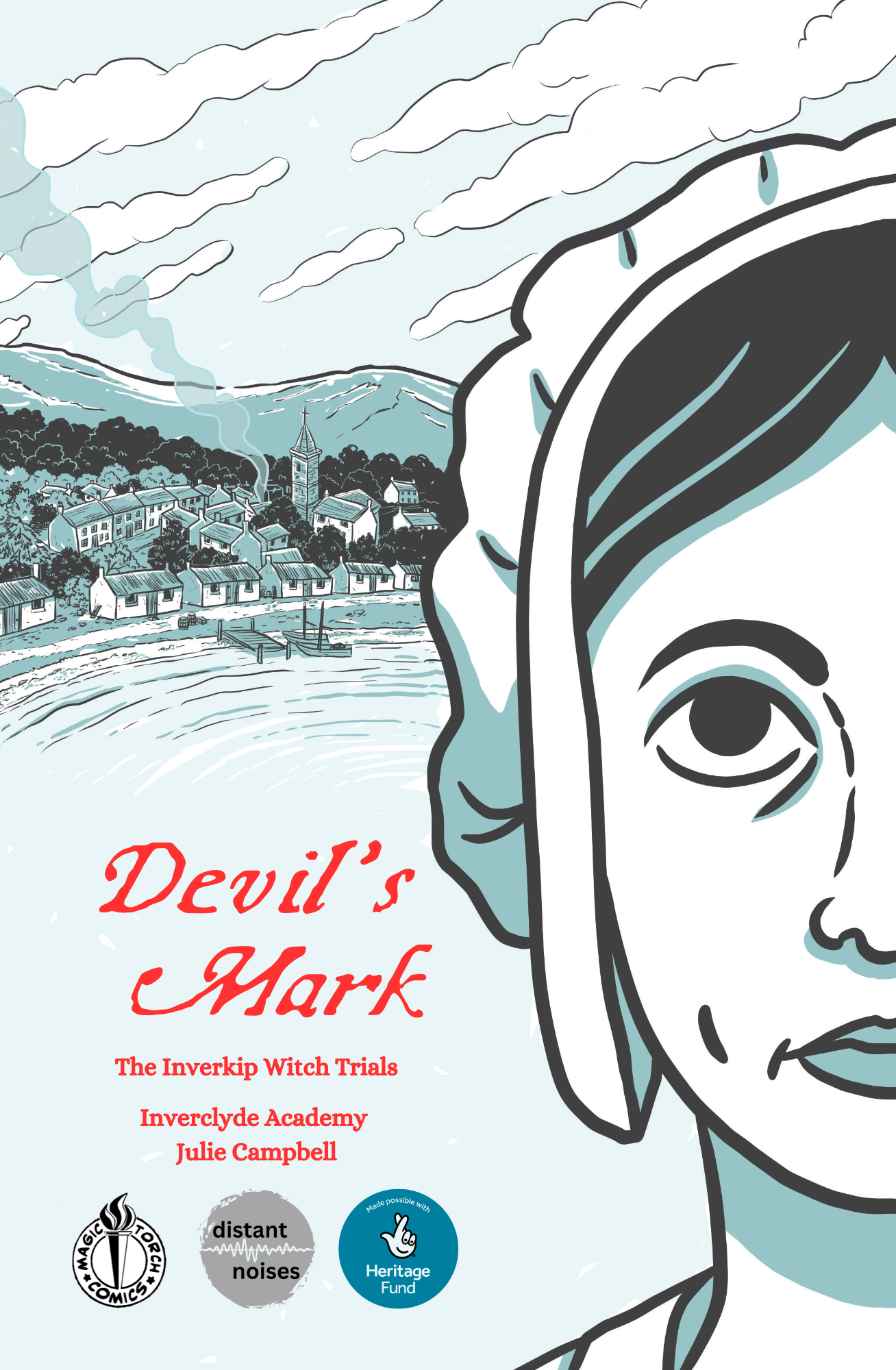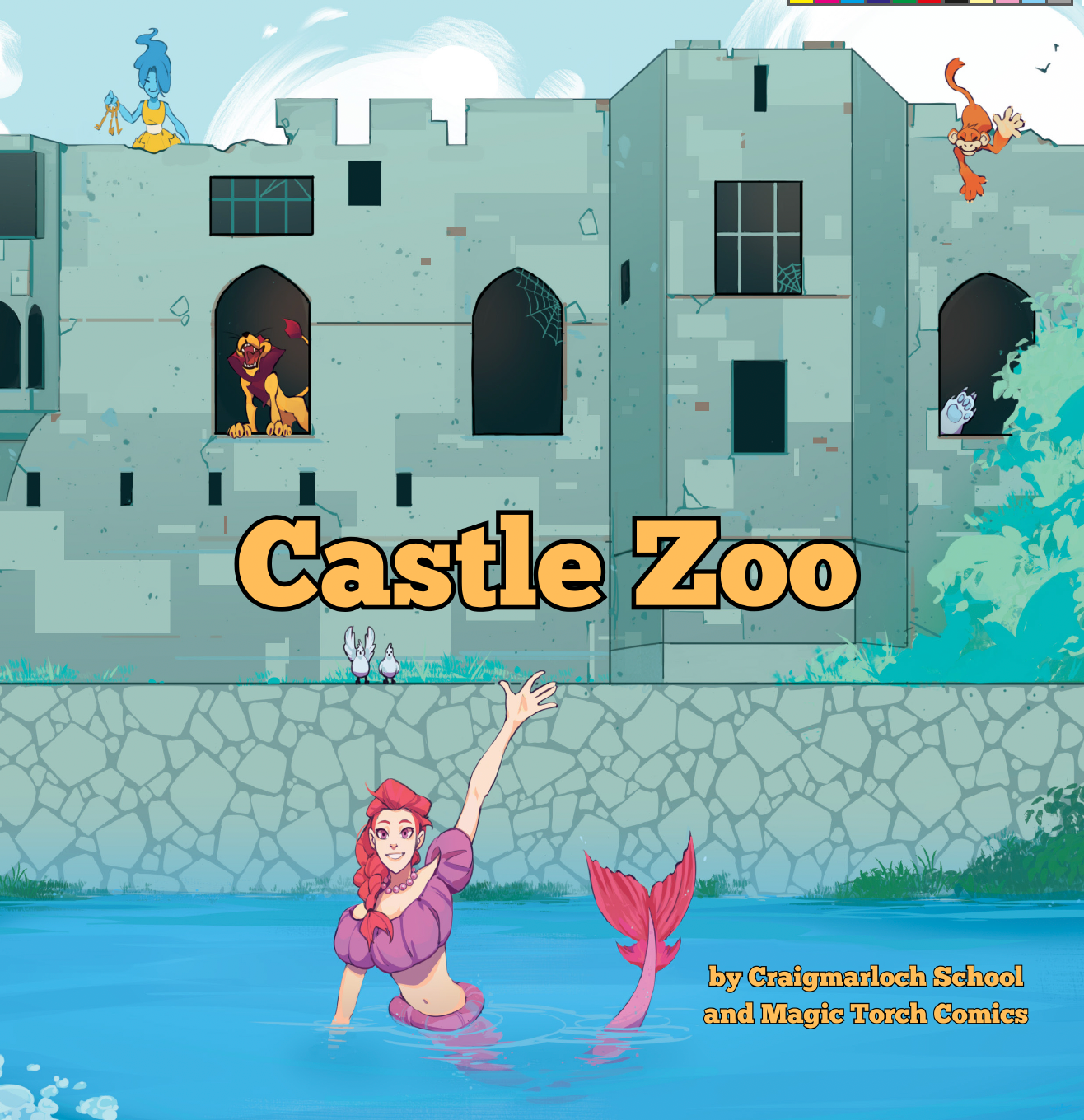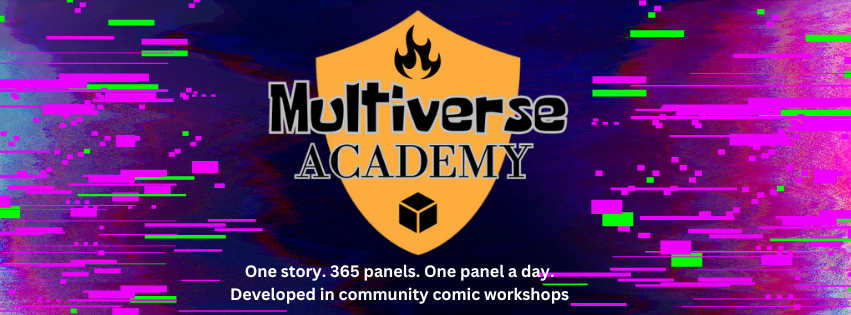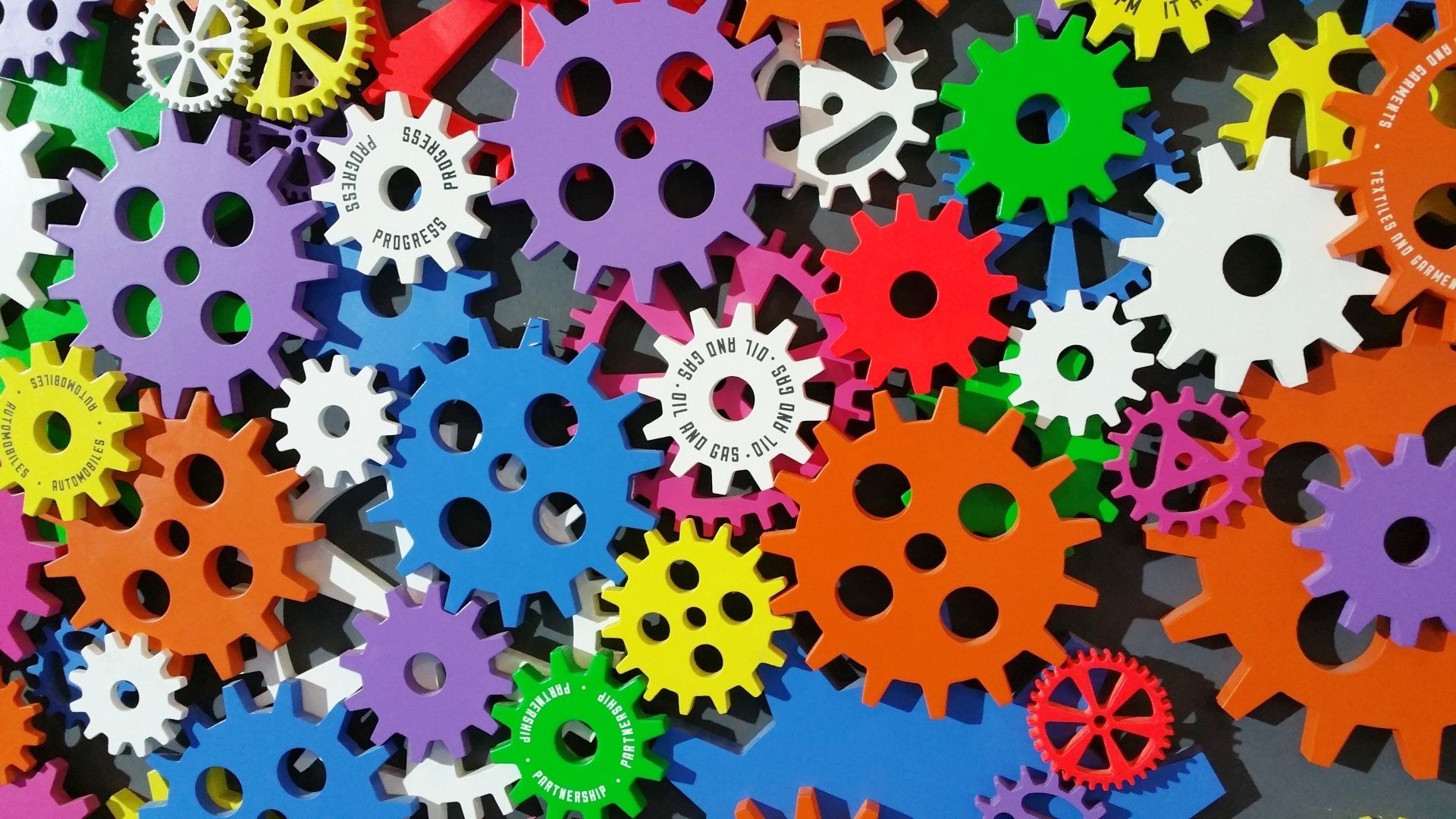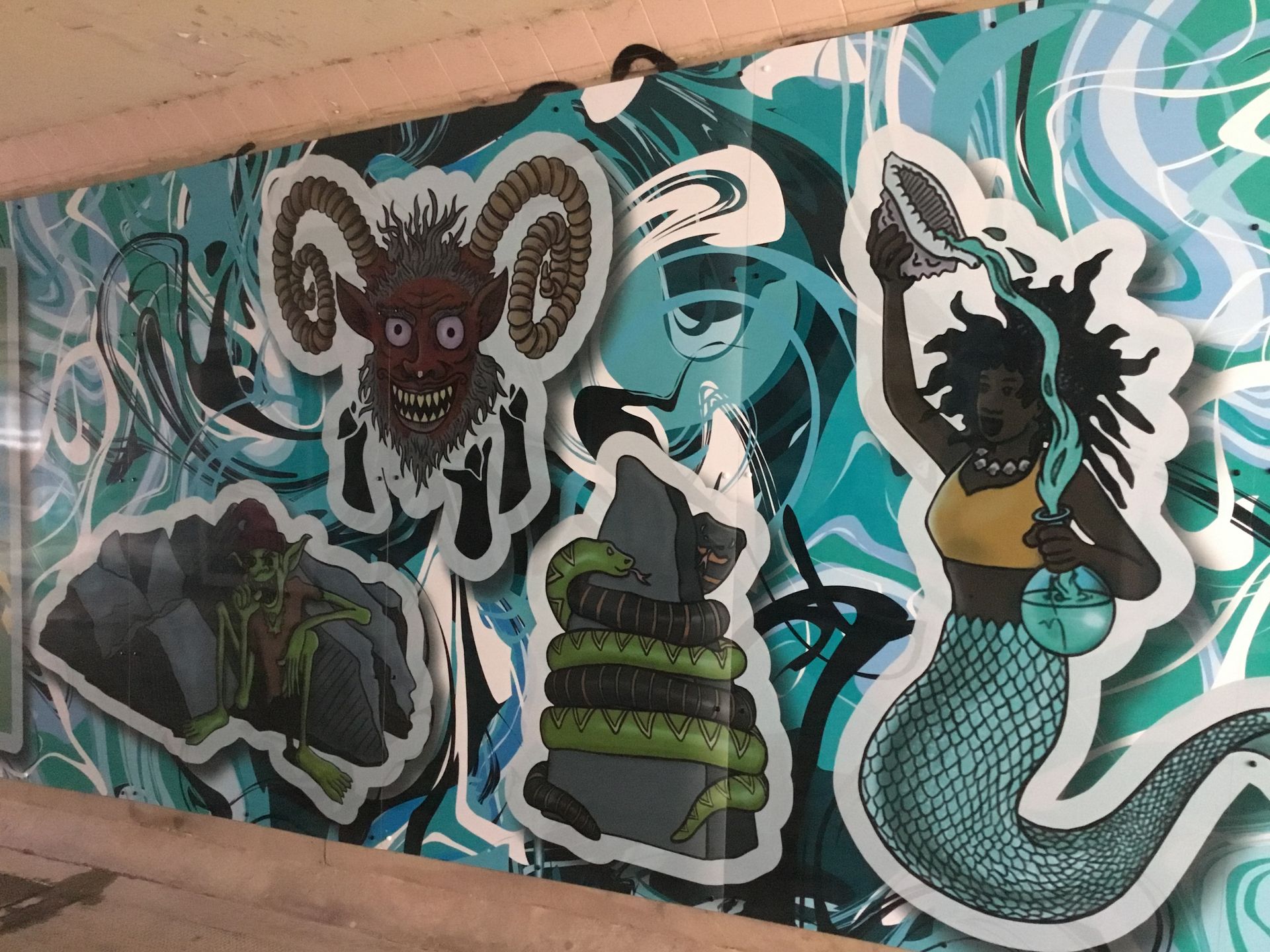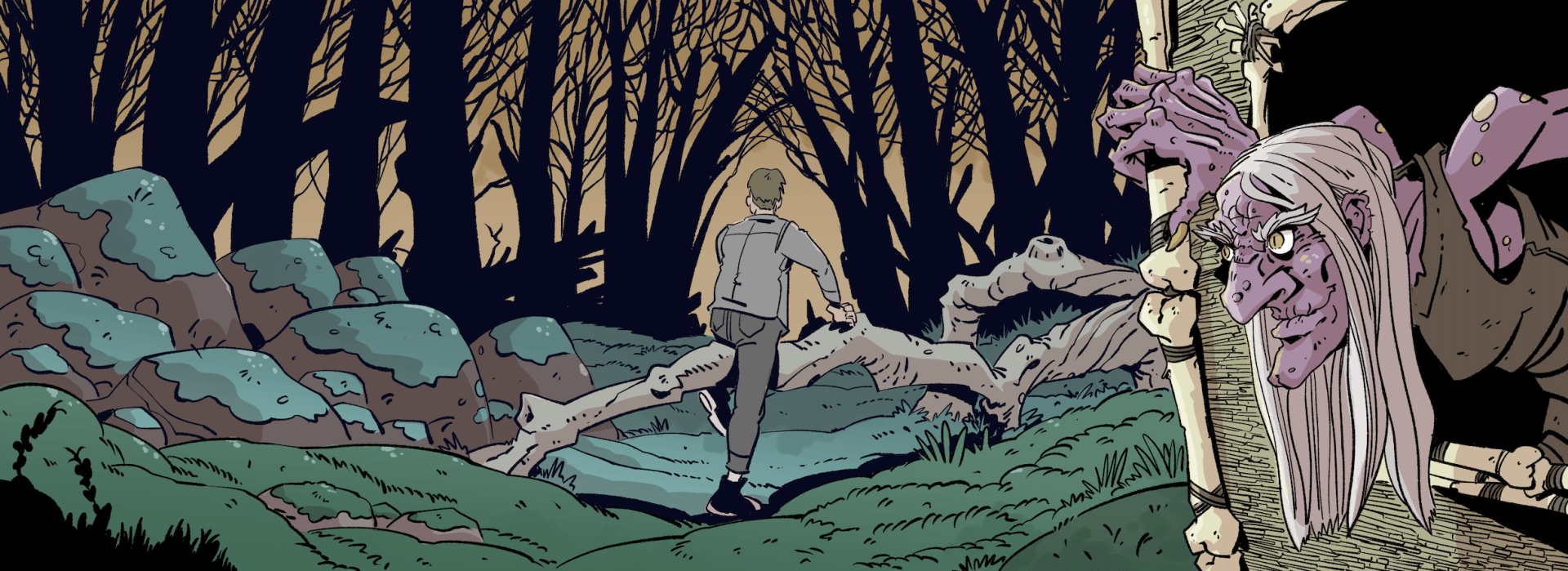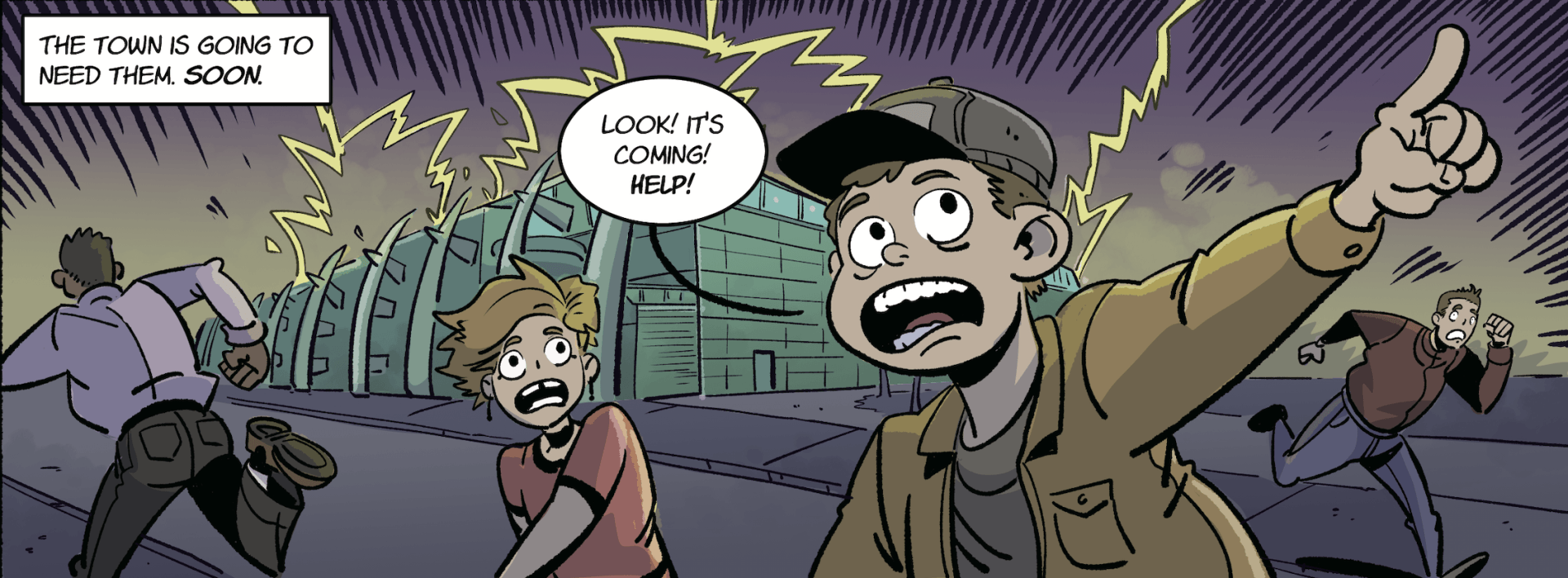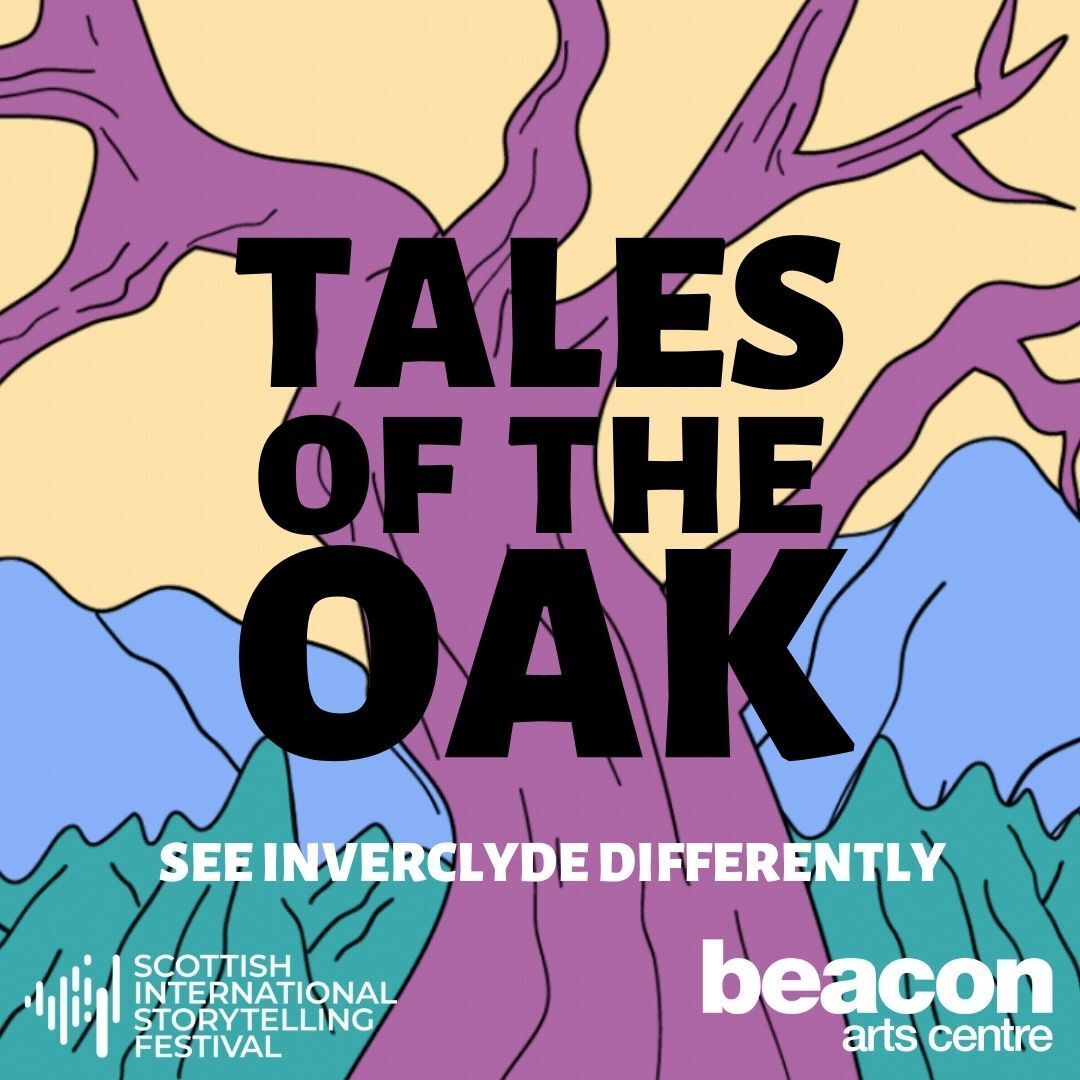Comic Boom
Paul Bristow • April 27, 2020
The Joy of Comics in Schools
This article was originally published in Children in Scotland Magazine September 2019.
Every Wednesday after primary school, I would run to the newsagents just down the street to buy a comic. Sometimes it would be superheroes, sometimes robots and spaceships, sometimes something with more jokes, like The Beano. Back then, in the 1980s, there would have been no chance of me being allowed to read a comic in school, never mind get involved in making one, but happily, schools and school libraries are now much more aware of the benefits of reading comics.
I work for Magic Torch Comics CIC, and we work with schools and community groups to tell stories using comics. That can mean anything, from a short workshop which helps young people generate comics characters and get started with stories, through to longer term projects, when we involve classes in scripting full length comics which are then illustrated by our team of professional artists. We’ve had schools adapt historical stories and folk tales, use archaeological objects as inspiration for comics, even produce comics in Gaelic, French, Arabic and Scots. Along the way, we have seen first hand the value that comics have as texts in school, but also the positive ways they can encourage reading and writing for pleasure.
Comics will often be suggested as an entry point for reluctant readers, and while the immediate visual appeal of comics can be a great way to engage people, that doesn’t always mean they are an “easier” read. One of the first things we do, is spread dozens of comics over all the desks in the class and get everyone looking at how a page works – it’s important to understand that you are not just reading the words, you are reading the pictures too. Everything on the comic page, from the shape and size of the panels and speech bubbles to the art style and the colours is a creative choice. Comics are a medium, like poetry, or drama or film – with techniques and styles that can be learned and appreciated. And when we get young people discussing and understanding that, they are better equipped to make their own creative storytelling choices.
There is most certainly the potential to develop literacy and visual literacy using comics, and that underpins everything that we do – but the most popular element of the process, with young people, parents and teachers is definitely the opportunity for creativity. There’s something quite punky about how quickly you can get people making comics. And it’s good to know that you only need a pencil and paper to keep doing it, telling a story on your own terms. Comics are often a collaborative medium, with teams of writers, artists, letterers and colourists working together on pages – and we often see writer / artist teams developing in class, generating new friendships and cooperation. When we are able to get a class creating a story together, we draw upon the ideas of the entire room to make the story happen. Finally, when we have a finished product to display in class or online, there is a sense of achievement in seeing the process through from start to finish, from idea to publication. Even better, the more popular comic making becomes, the better the networks to share it – schools and community groups can sign up with partners in other parts of the world to do comic swaps, sending off bundles of home made comics and getting stacks back in return.
There is another benefit too, which certainly does not go amiss in these challenging times. Comics have perhaps existed “on the fringe” for a long time, and as a result, they have long been a place to find diverse voices and characters, especially in books and comics from independent publishers. The explosive popularity of the Marvel superhero films may have created new interest and new audiences for comics, but there is much more to see and read than superhero stories. Some of the most amazing middle grade and young adult fiction of recent years has been happening in comics. So it’s great that so many more schools, libraries and community spaces are finding room for these stories on their shelves. Some of our favourite projects of the last few years, have been about helping schools develop their own comic libraries or comic clubs, providing a whole new range of options to explore and when it works well, to encourage a culture of creativity, of making and sharing stories.
MTC Project Blog

Earlier this month, we were asked to produce some artwork for the Afrowegian Project , imagining an Afro-Futurist version of the story of real world cycling superhero, Marshall 'Major' Taylor. The comic display panels form part of an exhibition by the riverside in Glasgow throughout October. You can read more about the work of the project and how to get involved. We're looking forward to doing some more collaborative work with Afrowegian's Jim Muotone, down in Inverclyde over the next few months.
